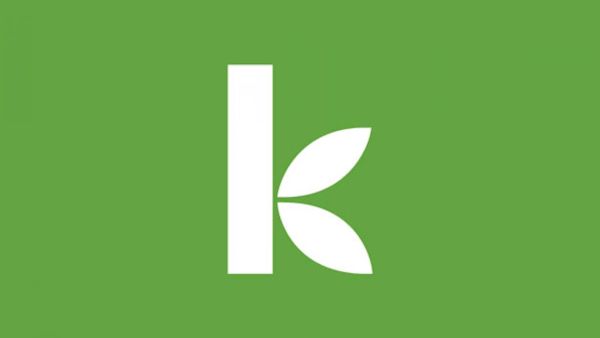12th Class Kiva Fellows Training Week Recap
August 3, 2010
By the end of our week together at Kiva HQ in the Mission District of San Francisco, it had become clear to everyone what all the Kiva hype is about. If you are a Kiva fan (which reading this likely indicates), getting an inside look at Kiva HQ would only reaffirm your admiration.
The office environment is open and collaborative. Ideas flow freely and with great regularity among the people who work there. CEO Matt Flannery and president Premal Shah pop in for lunch when their schedules allow (or when it’s burrito day) and are accessible to all. An absence of unnecessary red tape and vertical power structures allows everyone to loosen up and do his or her job in a unique and productive way. Talk about a great and innovative business model.
The quality of individual that the Fellows Program attracts is astonishing. They run the gamut and include recent undergraduates, professionals on sabbatical or between jobs, former Peace Corps volunteers, and other high-caliber thinkers and professionals. They were without exception intelligent and thoughtful people dedicated to putting their many talents to use for a good cause and free of charge.
Fellows training is not only about understanding our roles, responsibilities, and deliverables. It is about cohesion and support. The bonding that occurs during training week is an essential part of Kiva’s structure and strength as an organization. Everyone has been briefed and is now on the same page, pumped up and ready to go.
Major props to JD, Julie, and Eric for running a smooth and awesome operation, as well as to all of the diverse and compelling presenters. Many thanks to the interns for tying up operational loose ends, answering questions, and keeping the Fellows well-fed and happy.
John Murphy is a Kiva Fellow serving at EDESA in San José, Costa Rica. He recently graduated from Dartmouth College with degrees in Economics and Environmental Studies.
PREVIOUS ARTICLE
How to make beer with sorghum: A sorghum beer recipe →NEXT ARTICLE
Microfinance is Contagious →













